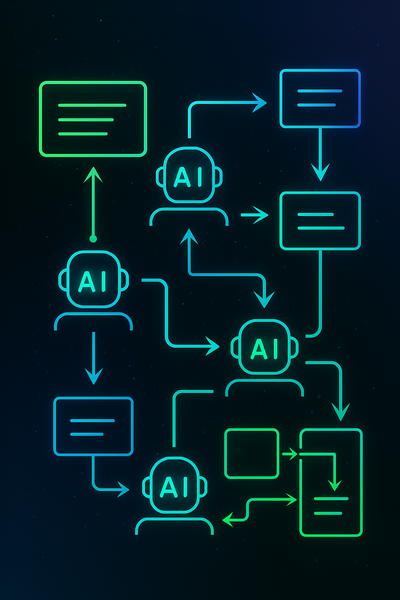How to Choose the Right Automation Tools for Your Business

With a dizzying array of automation platforms on the market, selecting the right one can feel overwhelming. Choose poorly and you might invest resources into a tool that doesn’t scale, doesn’t integrate well or doesn’t deliver the desired outcomes. Making an informed choice is key to maximising your return on investment and avoiding future headaches.
Start by clarifying your requirements. Consider compatibility with your existing systems, ease of use for your team and the scalability to support future growth. Evaluate whether you need a specialised tool for a single process (like invoicing) or a platform capable of orchestrating end‑to‑end workflows. Pay attention to data security and compliance features, especially if you operate in regulated industries.
Once you have a shortlist, conduct trials or proof‑of‑concepts with actual processes. Involve the people who will use the tool day to day and gather feedback on usability and performance. Ask about vendor support, community resources and integration options. A solution with a strong ecosystem and responsive support team will make your automation journey smoother.
Feeling lost in the vendor landscape? We’ve worked with a wide range of tools and can help you match the right technology to your needs. Book a free strategy call to get an unbiased assessment and choose with confidence.
Automation Steps & Logic
Below is a high-level overview of the steps involved in automating this process:
- Identify the Process: Map out the exact workflow that needs automation, including inputs, outputs and decision points.
- Select the Right Tools & Platforms: Choose AI agents, RPA bots or integration tools based on complexity and scalability needs.
- Design & Prototype: Build a proof of concept or prototype to validate the logic and gather stakeholder feedback.
- Implement & Integrate: Deploy the solution and integrate with existing systems, ensuring data flows seamlessly between components.
- Monitor & Optimise: Continuously track performance, gather insights and iterate on the automation to improve efficiency.
Recommended Bots & Agents
Here are examples of intelligent agents that can assist with this use case:
- Conversational AI Bots: Handle customer queries, onboarding or support through chat or voice interfaces.
- RPA Bots: Automate rule-based, repetitive tasks such as data entry, invoicing and report generation.
- Data Extraction Bots: Collect and cleanse information from documents, emails or web pages for downstream processing.
- Scheduling & Coordination Agents: Automate meeting bookings, reminders and coordination across teams.
- Integration Agents: Seamlessly connect your CRM, ERP, marketing and communication tools through APIs.
